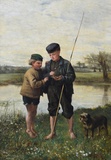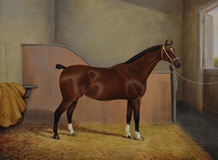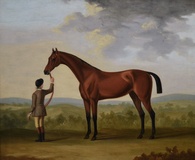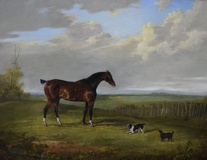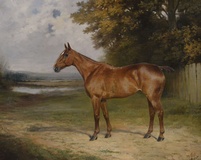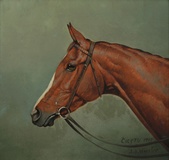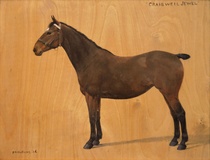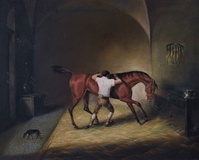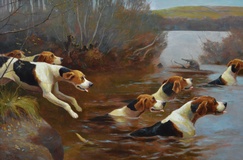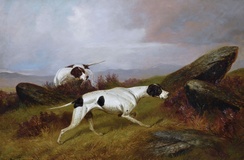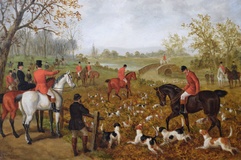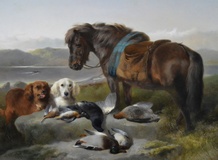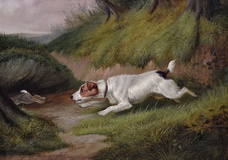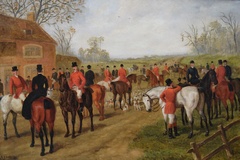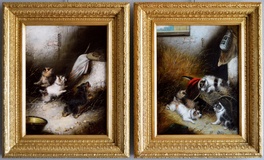Latest Exhibition
The Rise of Victorian Sporting Paintings
Victorian sporting paintings offer a compelling lens into 19th-century British life, where the growth of leisure, wealth, and country estate culture helped turn sport into a major social activity. As the Industrial Revolution brought about rising prosperity and more structured working hours, the upper and middle classes found themselves with more free time. This shift gave rise to organised leisure pursuits—particularly country sports like hunting, shooting, and fishing—which soon became markers of social identity and refinement. Naturally, this growing interest led to a surge in demand for sporting artworks that celebrated these pastimes and preserved them for posterity.
At the heart of many of these paintings were hunting scenes, where horses and dogs played essential roles. Fox hunting, in particular, was a favoured activity of the aristocracy and was often captured in dramatic and detailed works by artists such as John Frederick Herring Sr. and George Stubbs. Horses were depicted as powerful, noble animals—symbols of speed and control—reflecting the skill and stature of their riders. These images not only showcased horsemanship but also highlighted the elegance and dominance of the landed elite.
Dogs were equally central to the sporting life and the artwork that represented it. Spaniels, hounds, and retrievers were frequently painted alongside their owners, not just as working animals, but as intelligent, loyal companions. Their poised and alert presence in hunting or shooting scenes emphasised their importance in the sporting ritual and reflected the Victorian appreciation for discipline, loyalty, and partnership with nature.
As fishing and shooting also grew in popularity, artists turned their attention to these quieter, yet equally symbolic, pursuits. Fishing was often depicted in tranquil riverbank settings, conveying a sense of calm reflection and harmony with nature. These scenes appealed to the rising middle class, who viewed such pastimes as both relaxing and respectable. Shooting, on the other hand, was portrayed in more dynamic compositions, featuring groups of well-dressed men in formal shooting parties, with dogs retrieving game in the foreground. These works celebrated tradition, camaraderie, and the etiquette of sport.
The rise of sporting culture in the Victorian era was not just about recreation—it was about status, lifestyle, and identity. As participation in these sports expanded, so did the desire to immortalize them in art. Victorian sporting paintings remain lasting visual records of a society where sport became both a popular pastime and a proud symbol of social standing.
© Benton Fine Art
